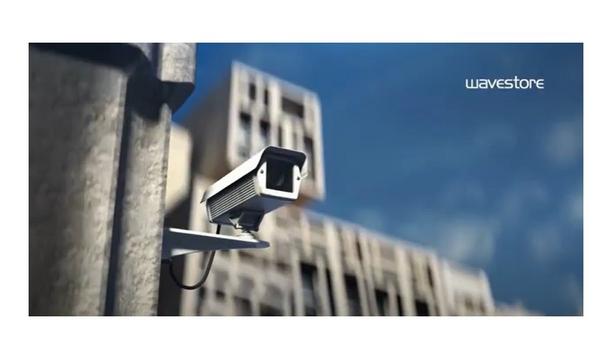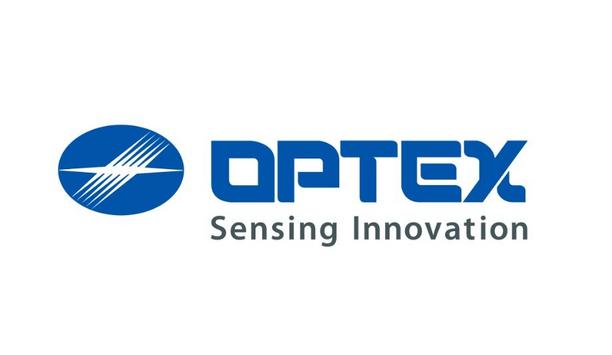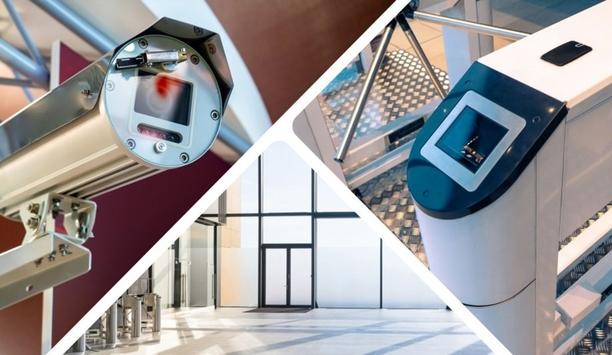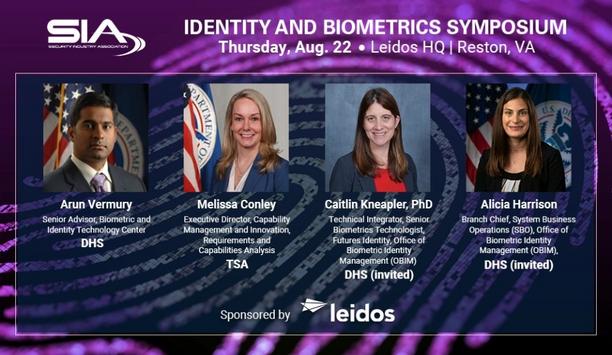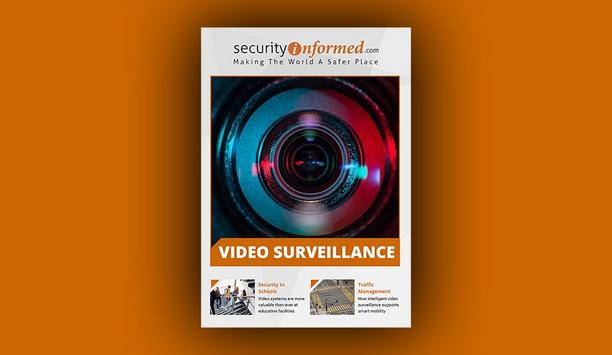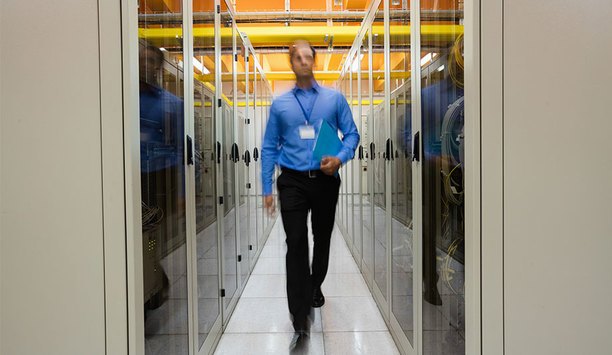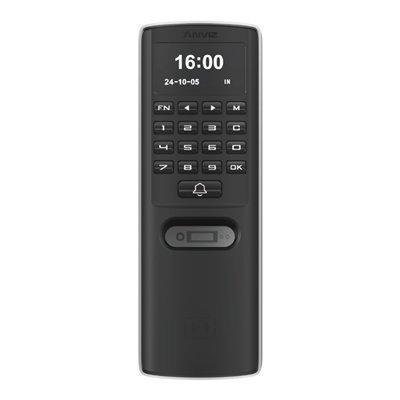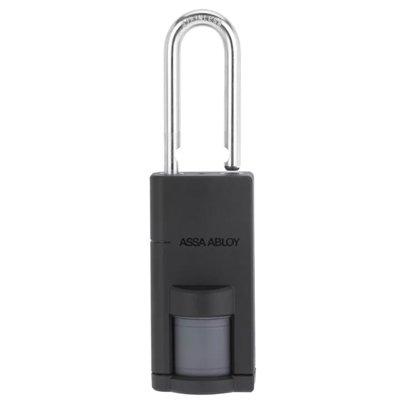There’s no denying that cyber-crime is one of the biggest threats facing any organization with the devastating results they can cause painfully explicit. Highly publicized cases stretching from the US government to digital giant Facebook has made tackling cyber security a necessity for all major organizations. The consequences of breaches have just become more severe, with new GDPR rules meaning any security breach, and resultant data loss, could cost your organization a fine of up to four per cent of global revenue or up to 20 million euros.
Cyber-crime potentially affects every connected network device. In the biggest cyber-crime to date, hackers stole $1 billion from banks around the world, by gaining access to security systems. It’s more important than ever for organizations to be vigilant when it comes to their cyber security strategy.
To help avoid becoming the next victim, I’ve put together a five-point cyber plan to protect your video surveillance system.
1. Elimination Of Default Passwords
A small change to a memorable, complex password could have huge consequences for your business
It is estimated that over 73,000 security cameras are available to view online right now due to default passwords. ‘Password’ and ‘123456’ are among the top five most popular passwords with a staggering 9,000,000 login details matching this description. Guessable passwords create an unsecure security system which can result in an easy way for hackers to gain access to your organization’s data, making you vulnerable to a breach. A small change to a memorable, complex password could have huge consequences for your business.
Removing default passwords from products and software forces individuals to think of their own to keep their data safe. If a password system is not provided by your organization we recommend that your password uses two or more types of characters (letters, numbers, symbols) and it is changed periodically.
2. Encrypted Firmware
Encrypting firmware is an important part of any organizations overall security system. Firmware can leave an open door, allowing hackers to access your data. All firmware should be encrypted to reduce the possibilities of it being downloaded from the manufacturers website and deconstructed. If the firmware posted is not encrypted, there is a risk of it being analyzed by persons with malicious intent, vulnerabilities being detected, and attacks being made. With i-PRO cameras and recorders, all firmware is securely encrypted to mitigate analysis
There have been cases where a device is attacked by firmware vulnerabilities even if there are no problems with the user's settings, rendering it inoperable, and DDoS attacks being made on other servers via the device. With i-PRO cameras and recorders, all firmware is securely encrypted to mitigate analysis.
There is also a possibility of being attracted to spoofing sites by targeted attack email and firmware being updated with a version that includes a virus, so firmware must always be downloaded from the vendor's page. It may also be advantageous to combine this with an imbedded Linux operating system which removes all unused features of the device, it can help to reduce the chances of malicious entities searching for backdoor entities and inserting codes.
3. Removing Vulnerabilities Within The Operating Systems
Vulnerability is the name given for a functional behavior of a product or online service that violates an implicit or explicit security policy. Vulnerabilities can occur for a number of reasons for example, due to an omission in logic, coding errors or a process failure.
Network attacks exploit vulnerabilities in software coding that maybe unknown to you and the equipment provider. The vulnerability can be exploited by hackers before the vendor becomes aware. You should seek to minimize these issues by looking for a secure operating system which is regularly updated.
 |
| Panasonic has developed Secure Communications, a platform and package to protect against video tampering, altering, spoofing and snooping |
As a provider of security solutions, Panasonic is taking a number of steps to ensure its consumers remain safe and secure. We have developed Secure Communications, a platform and package to protect against video tampering, altering, spoofing and snooping.
We have combined with a leading provider of highly reliable certificates and technology for detecting and analyzing cyber-attacks with its own in-house embedded cryptography technology, to provide a highly secure and robust protection layer for its embedded surveillance products.
4. Avoiding Remote Login Using Telnet Or FTP
Telnet and FTP are a very outdated source of software which as a result means they lack built-in security measures
Telnet and FTP are a very outdated source of software which as a result means they lack built-in security measures. File transfer protocol or transfer through cloud-based services means the files and passwords are not encrypted and can therefore be easily intercepted by hackers. An encrypted software removes the risk of files being sent to the wrong person or forwarded on without your knowledge. Telnet predates FTP and as a result is even less secure.
Hyper Transfer Protocol Secure is a protocol to make secure communications by HTTP, and it makes HTTP communications on secure connections provided by SSL/TLS protocols. The major benefits of using this system is that HTTPS and VPN encrypt the communications path, so data after communications is decrypted and recorded.
If recorded data is leaked, it will be in a state where it can be viewed. With data encryption, however, it remains secure and can even be recoded to storage. Thus, even if the hard drive or SD card is stolen or data on the cloud is leaked, data cannot be viewed.
5. Use Of Digital Certificates
Private and public keys are generated at manufacture in the factory and certificates installed at the factory
Digital certificates are intended to safely store the public key and the owner information of the private key it is paired with. It provides assurance that the accredited data from a third party is true and that the data is not falsified.
It is beneficial for all data to be encrypted with digital certificates. Digital certificates are far safer when issued by a third party rather than creating a self-signed version unless you are 100 percent sure of the receiver identity. From April 2016, some models of Panasonic series iPro cameras come with preinstalled certificates to reduce the risk of interception and the hassle of having to create one.
With i-PRO cameras with Secure function, private and public keys are generated at manufacture in the factory and certificates installed at the factory. As there is no way to obtain the private key from the camera externally, there is no risk of the private key being leaked. Also, certificates are signed by a trusted third party, and the private key used for signing is managed strictly by the authority. In addition, encryption has been cleverly implemented to reduce the usual overhead on the IP stream from 20% to 2%.





